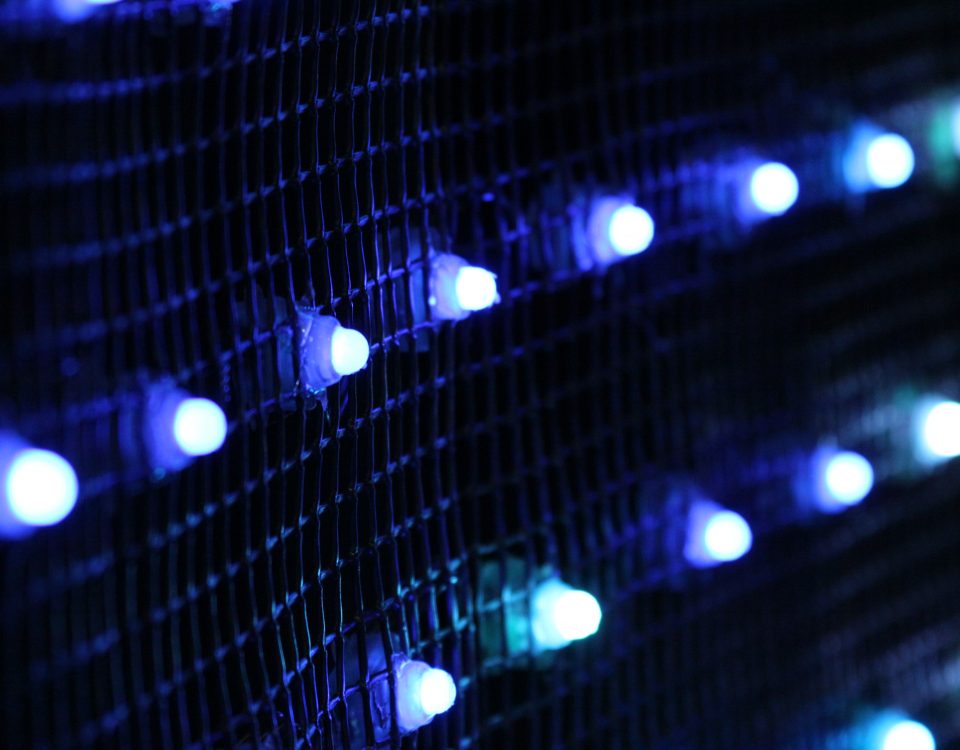Wireless communication has changed the way humans communicate with each other. Allowing information to be transferred over great distances in a short amount of time, wireless communication has made the world a smaller place and has made it possible for even the most remote of locations to be connected to the rest of the world.
Wi-Fi technology is one of the best examples of wireless communication and widely considered the best technology to complement another great invention, the Internet. It allows connectivity for a lot of devices such as smartphones, tablets, laptops, and, with the advent of the Internet of Things, even home appliances, without the need for wires.
Things are about to change further with the entry of a new wireless technology that promises faster data transmissions and better connection security. They call it Li-Fi.
What is Li-Fi?
Li-Fi is a fully networked wireless communication technology similar to Wi-Fi that is bidirectional and is said to be able to transfer data at very high speeds. A form of visible light communication (VLC), Li-Fi technology makes use of visible light coming from light-emitting diodes (LEDs) as the medium in networked data transmissions. The term Li-Fi was coined by Harald Haas, a professor of mobile communications at the University of Edinburgh.
What differentiates Li-Fi from Wi-Fi is that the latter uses radio frequency (RF) to transmit data instead of visible light. Because it is a form of VLC, which is a subset of optical wireless communications, Li-Fi is also said to be much faster than some Wi-Fi setups in terms of transmitting data, reaching up to a hundred times faster at 224 gigabits per second. Because of this it becomes possible for data-heavy Internet tasks to be done at much faster rates, and much more efficiently.
Since it uses light to transfer data, it is possible to connect to a Li-Fi network through light reflected by walls and other reflective objects. Even when dimmed, data can still be transferred. However, it is not possible to connect through walls. This limits Li-Fi’s range, unlike with Wi-Fi where it is possible to connect to a network even from several rooms away. Because of this, Li-Fi networks are more secure than Wi-Fi networks as this particular trait gives them a higher level of security against hackers.
Li-Fi also does not create electromagnetic interference, which makes it safer to operate near sensitive radio equipment, especially in hospitals and airports.
While Li-Fi technology is the new kid on the block, its market is expected to grow significantly over the next few years. By 2018 the market is expected to hit an estimated USD 6,000m, with a compound annual growth rate of 82 percent.
Role of LEDs in Li-Fi technology
LED lights play a big role in Li-Fi technology in that they act as a wireless access point in data transmissions. Li-Fi technology does this by switching the current to the LEDs on and off at extremely high speeds,imperceptible to the naked eye.
In order for them to start being LiFi transmitters, LED lights only need an additional tiny microchip required for the technology. Imagine a world where 14 odd billion light fittings worldwide can be converted into LiFi transmitters. LiFi can be easily installed in areas where there are users who use both light and data services; e.g. street lights, train stations, bus shelters and tourist information kiosks.
The uses and benefits of LED lighting technology continue to expand and inspire!





